Have you ever wondered B2B customer segmentation is as important as B2C one? Should you look into it and how to achieve top efficiency in segmenting data?
Let’s dive right into both the answer and our solution for questions related to these models!
What is B2B Customer Segmentation?
Table of Contents
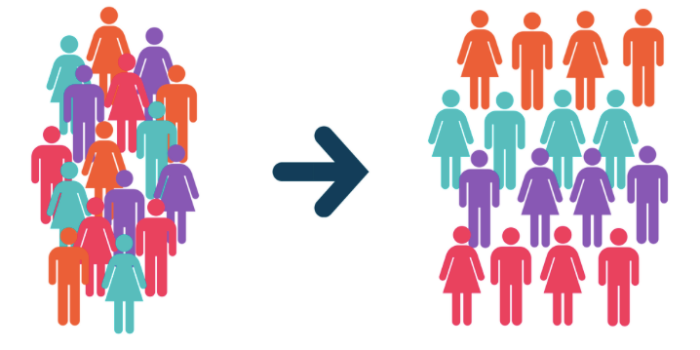
>>> VISIT our Magento 2 B2B extensions to seek the tool serving your purpose.
Have you got this experience? When surfing Facebook, suddenly, an ad popped up targeting your exact needs at the moment like it just read your mind.
“Why did they know I was looking for a new pair of shoes?”
This “miracle” is essentially the result of customer segmentation.
So what is customer segmentation?
Customer segmentation is the process of classifying a large group of customers into many small groups. Each of them will have several related characteristics.
You can quickly analyze the needs of each group so that other activities such as sales and marketing strategies become suitable for them.
To get a more accurate image of their consumer base, every digital advertiser needs market segmentation. They can then organize clients based on their commonalities and provide targeted marketing to certain segments. Naturally, more conversions occur from these highly tailored messages.
There’s no doubt that every distributor must have already known about this basic definition, which is described in the B2C perspective.
So the question is: Are there any differences between B2C and B2B customer segmentation models?
The fact is that B2B customers aren’t individuals like B2C. A B2B customer includes several people responsible for decision-making. They could be employees, owners, managers working in the same team or company.
The problem is quite noticeable. Each person will have different thoughts and characteristics that influence the outcome of a buying decision.
Therefore, we have to remove some unsuitable features that wouldn’t work from a wholesale perspective. To remove personal attributes and look for collective traits is the right solution for this mathematical problem.
So, what are the relevant models or factors to be used for B2B customer segmentation?
>>> READ THIS Comprehend Magento B2B Pricing To Build A Wholesale Website From A To Z!
The 4 Types of B2B Customer Segmentation Model
1. Demographic data

In B2B customer segmentation, demographics are one of the essential data groups that contain several useful critical information for splitting customer groups.
Although most data types included in the demographics are personal and relevant to retail customer segmentation, yet they can still be used for wholesale purposes.
Let’s take a look at some of the most dominant B2B demographic segmentation elements.
- Customer’s age
In B2B segmentation methods, the age factor contributes significantly to the success of marketing activities and customer outreach.
Knowing the age of wholesale customers gives us an advantage in finding out their tastes.
Some typical examples are promotions. Advertising posters for B2B customers from the age ranging from 40 to 50 will need to be more dignified than customers at the age of 20 or 30. The consulting voice tone also required change for better suitability with customer age.
- Customer’s income
Information regarding the business value and profitability of your approaching B2B clients will help you make the right pricing decisions, and appropriate consulting direction and suggest the most suitable strategies for them.
This is especially important for the service industries or SaaS businesses.
Lots of small businesses are limited by their budget. By understanding the size of the client’s business, you can choose the right consulting direction to maximize the customer’s profitability according to the corresponding investment budget.
Moreover, you can also identify the high-value customer groups, which means the most potential target customers for wholesale.
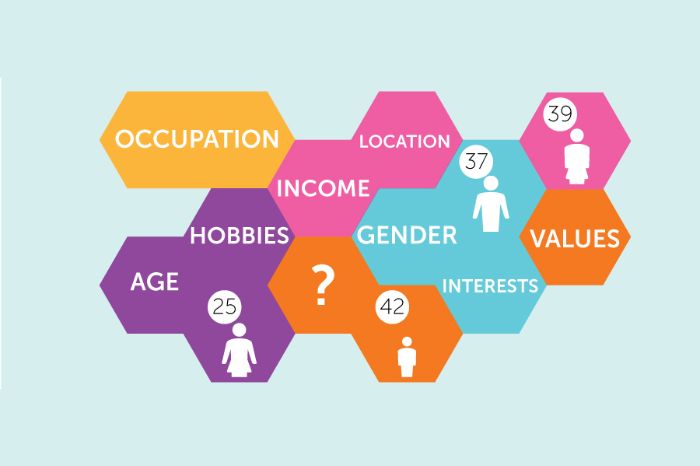
>>> Click HERE for a good read: Filtering Magento 2 B2B Marketplace With Tips, Tricks, And Principles!
- Occupation
Each profession will have its unique characteristics, needs and wants. None is the same as the others.
Knowing the B2B customer’s target industry is a massive advantage in wholesale.
By having sustainable information, you can plan the most appropriate marketing, pricing and promotion strategy for the target customer groups.
Occupation of the decision-maker would greatly affect the effectiveness of your marketing & sale efforts. Knowing this piece of information would help you gear your marketing content towards the decision-maker.
For example, a B2B customer with the occupation of developer would be a massive difference compared to the store owner. One would require more insight knowledge of coding, while the other required more understanding from a sales perspective.
Understanding their occupation would be an advantage that helps you improve their user experience, hence easily pushing them towards the decision-making process of purchasing.
- Religion
One of the most critical rules in business is to respect both the religion and cultural traditions of your clients or any other parties involved.
You wouldn’t miss an opportunity worth thousands or millions of dollars just because your clients follow other religions, would you?
Please make sure that the product/service you are offering does not offend other religions.
At the same time, do not miss special events like Ramadan and try to make the most of it to create promotions or give special offers for Muslim customers.
2. Geographical data
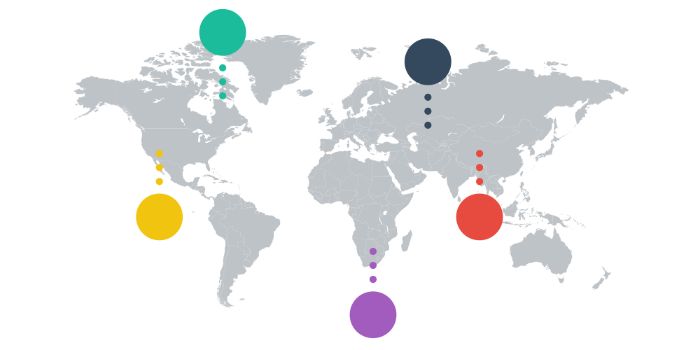
Geographic data is a useful source of information for marketing strategies for targeting and categorizing customer groups.
It’s essential for an advertising campaign (e.g., Google Adwords, Facebook ads, Youtube ads), SEO (Google search engine) and other types of promotion for B2B customer segmentation purposes.
By targeting the right audience, the geographic data gives us a glimpse of the market size as well as helps find potential wholesale markets globally.
3. Behavioural data

Customer behavior data shows points that need to be improved throughout the process of outreach, consulting and motivating wholesale customers to make buying decisions.
For example, low email open rates mean email marketing is not sufficient.
On the other hand, the proportion of customers going to the shopping cart yet ignoring the “checkout” button shows that your call-to-action has not achieved the expected effect.
It’s recommended to use Google Analytics for useful data collection for eCommerce websites. Session, unique pageviews, bounce rate or channels group are great tools for even quicker.
In conclusion, customer behavior is the most accurate evidence for the effectiveness of marketing, sales and promotion actions in both wholesale and retail.
From the collected data, identify possible reasons for the end results and find rooms for improvement to maximize your earned profit!
4. Psychographic data
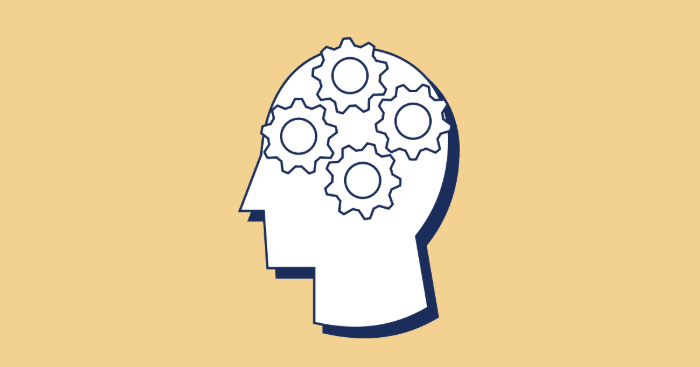
Psychological data influences specific steps in the customer journey and is especially vital in wholesale buying decisions.
In all B2B segmentation methods, it’s vital to understand your customers’ needs and wants at every step of the B2B customer journey.
To learn more, please read Gartner’s article on B2B customer journey.
For example:
At the Problem identification step, the typical mentality of the client is the desire to find the problem.
It’s your responsibility to help their business identify the problem they are facing, share possible solutions and guide them to the suitable one (your product/service).
At this particular stage, it’s required for you to be caring and friendly to your customers.
On the other hand, at the decision-making stage, you have to bring certainty and trustworthiness to the customer so that they can trust your provided solution!
3 Recommended B2B Segmentation Methods You Shouldn’t Miss
1. Firmographic Segmentation Method

>>> CLICK HERE to learn how to use B2B quotation to increase your sales!
As we mentioned before, there is no single consumer segmentation approach that will increase conversions for every brand because one method may be more effective than another in each scenario. While geographic segmentation may be sufficient for one business, behavioral or psychographic segmentation may be required for another.
On the other hand, firmographic segmentation is non-negotiable for B2B enterprises.
Firmographic data is the equivalent version of the demographic one mentioned above. It’s used as a standard in splitting wholesale clients into different groups based on B2B demographic segmentation characteristics.
- Business size.
- Industry.
- Location.
- Business status.
- Market performance.
- Annual revenue.
Based on six features mentioned above and other features of your choice that haven’t been mentioned, you’ll divide your B2B customer base into groups with the same several characteristics.
Then, you can base on the typical characteristics of the customers in each group to come up with a plan to approach and promote the product/service.
However, B2B marketers should also be aware that the data obtained from the firmography is not entirely as accurate as it should be. Customers in a classified group do not necessarily have the same needs as estimated.
For example, a B2B customer in the garment industry, aged 30-40, doesn’t mean their business needs to buy bleach. Although these factors are relevant, it does not mean that the results will be highly accurate but simply conjecture.
To use firmographics effectively, try incorporating these data into a tunnel marketing campaign. Use this data to create demographic-based blog posts, brand-awareness events or promotions instead of just running ads to find wholesale customers.
>>> CLICK HERE to find out the Entrance To B2B ECommerce: Well-Prepared With B2B Website Features
2. B2B Tier Placement Segmentation
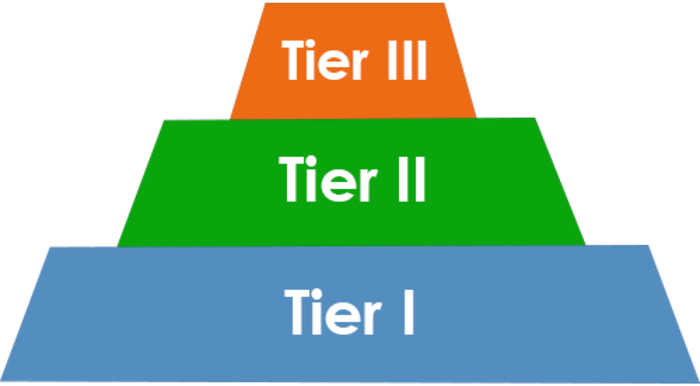
Customer tiering is a segmentation approach based on how well a customer matches your company’s aims. For example, you can use customer tiering to separate clients based on how much money you expect them to bring in over the course of your relationship, or how well their sales and marketing strategies match your own.
Segmenting customers by tiers is the method of dividing customers into groups based on these criteria:
- The customer value (the level of revenue the customer brings to your business).
- The customer potential (the budget of the customer to spend on your product/service).
- The customer performance (the frequency of using the product/service).
With these data, you can arrange and divide multiple layers of different levels to show the long-term value that customers bring to your business.
Based on the results obtained, you should also prioritize the allocation of resources (both financial and human resources) to have a suitable plan for each customer tier.
A concrete example of this approach is the focused marketing strategy, which is a marketing strategy with the core of customer account values. The more potential a customer is, the more incentives and benefits they receive.
The focused marketing strategy is most often applied to customers who have already purchased products before since they have a higher initial return value than first-time customers.
Similar to firmographic, just make sure to refrain from conjecture and stop assuming that all clients in the same stratum have identical needs.
Building your marketing messages based on this tiering segmentation could end up hurting your campaign results much more than you imagined!
3. Demands Segmentation for B2B

>>> JUST RELEASED: The complete guide of B2B pricing strategies and models!
Is it necessary for a specific consumer category to spend the least amount of money? Perhaps the most powerful features or a product that outlasts the competition are required for this market. Demands Segmentation for B2B based on needs organizes your clients according to what they want from a product.
Of all the must-have Magento 2 wholesale extension approaches we have known up till now, the demand-based segmentation approach is the most accurate one.
Why is it possible?
By analyzing customer behavior, businesses are finally able to accurately identify customers’ needs through marketing channels such as websites, promotional articles.
Based on the needs of customers on your product/service, we can group them into groups of different needs. All data about these characteristics that customers are looking for would be an excellent addition for relevant strategy building.
Needs-based segmentation stems from what attracts potential customers to your company in the first place. If you’re a cloud service provider and a site visitor comes to you after reading a blog article about file sharing, you might conclude that the visitor requires a solution that makes file sharing easier. As a result, you might target that prospect with more content related to that topic in order to guide the user through the process to further down your sales funnel.
It’s unnecessary for the customer actually to need to buy the product/service. B2B marketers can create marketing tunnels to motivate and encourage these groups of customers to buy (for the benefit of their business).
The only downside of this method is that it’s not easy to find out the exact needs of customers.
Suggested Magento 2 Extensions for Accurate Customer Data
To get accurate customer data, especially Magento 2 platform, the default version isn’t enough with lots of limitations.
For example, you couldn’t add custom attributes to the registration or checkout form. The default form isn’t informative enough to deliver in-sight information for marketing purposes.
To improve your data collective ability, BSSCommerce comes up with two solutions, providing you extra mobility by adding custom features for the customer information form.
1. Magento 2 B2B Registration
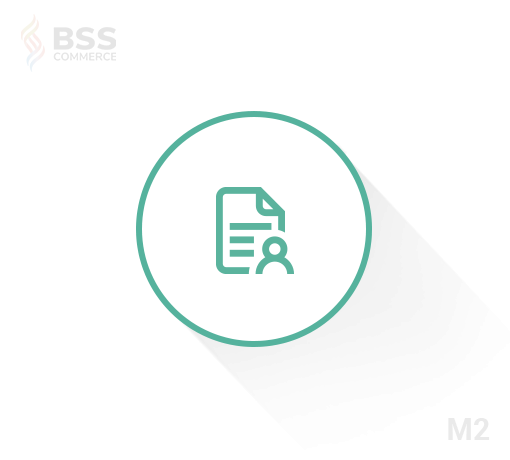
The original registration form isn’t informative enough for any use in wholesale marketing. It lacks critical information such as job title, company name or verification for B2B account registration.
B2B Registration, which is an effective Magento 2 customer segmentation extension, enriches your customer data and ensures your full control over account registration steps on your online store, which is highly important for wholesale businesses.
With Magento 2 B2B Registration by BSSCommerce, you could:
- Create a separate B2B registration form for wholesalers.
- Full control over registration requests: preview, pending, approve/reject requests.
- Show/hide the default registration link as you wish.
- Notify registered users via emails & frontend messages
2. Magento 2 Customer Attributes
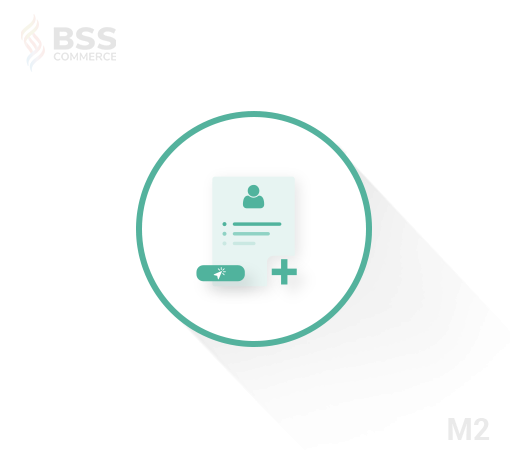
Magento 2 Customer Attributes is a great addition to the B2B Registration module above since it’s customized for extra compatibility.
Default Magento 2 doesn’t let you create custom attributes, yet with the help of our extension, you can freely add custom attribute fields to both the registration form and checkout forms.
Custom attribute extension for Magento 2 is expected to bring much valuable insight into your customers. It could be firmographic data or demographic information of your choice.
This custom attribute module allows you to:
- Create unlimited customer/address attributes of your choice.
- Input 9 different types of custom fields organization.
- Place fields on both frontend/backend in many positions.
- Display the added fields in email and documents.
- Create new accounts with custom attributes from the backend.
>>> DON’T FORGET to READ: B2B Negotiation with 5 Features + 3 Quote Strategies To Win Sales!
Conclusion
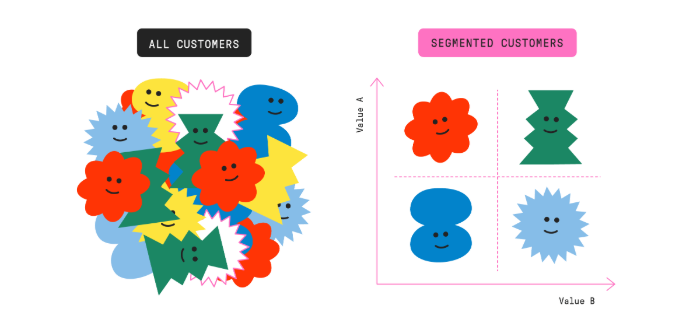
By applying this extension to wholesale, marketers can have a much better picture of how to approach customers.
BSS Commerce is one of the leading Multi-platform eCommerce solution providers and web development services in the world. With experienced and certified Magento developers, we commit to bring high-quality products and services to optimize your business effectively.
CONTACT NOW to let us know your problems. We are willing to support you every time.


